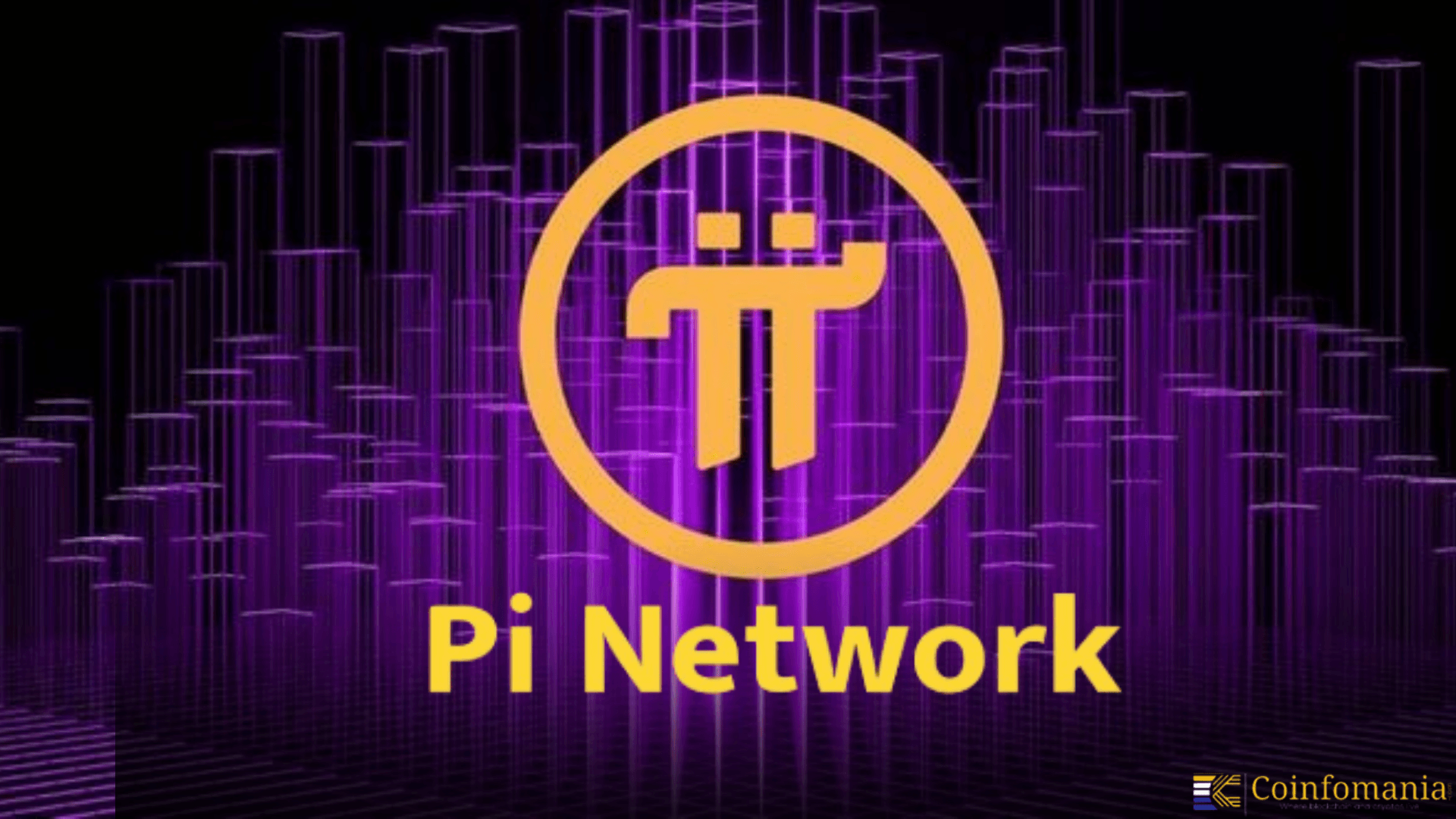Pi Network Hits 21K Apps, But Critics Question Utility
Pi Network surpasses 21,000 apps on Pi App Studio, but price volatility fuels fresh questions over utility and token traction.

Quick Take
Summary is AI generated, newsroom reviewed.
Pi App Studio helped users create over 21,000 apps without coding experience.
37.7M Pi tokens were staked to promote apps via Ecosystem Directory Staking.
PI coin saw a sharp 29% drop, triggering fresh doubts about its real-world utility.
Pi Network’s ecosystem continues to grow rapidly, with over 21,000 apps now live on its platform. The milestone follows the launch of Pi App Studio during this year’s Pi2Day celebrations. The no-code, AI-assisted tool helped 34,800+ Pioneers publish 7,600 chatbot apps and 14,100 custom apps.
This is mostly built without writing a single line of code. But even as the network touts user-driven growth, industry analysts question whether these apps provide meaningful utility or simply inflate activity metrics.
Pi App Studio Makes AI Development Accessible
Pi App Studio is designed to democratize app creation. By using AI-assisted workflows, Pioneers can build apps for games, wellness, and education without any technical experience. Community-built apps include “Pi-Tris” (a puzzle game), “Healthy Life” (a chatbot for wellness tips), and “BLACKHOLE” (an astronomy-focused assistant).
These creations show the ecosystem potential for grassroots innovation. However, Pi Network has clarified that it neither reviews nor endorses these apps. Users interact with them at their own risk, which raises concerns over content quality and platform safety.
Ecosystem Directory Staking Fuels Discoverability
Another major feature from Pi2Day 2025 was the launch of Ecosystem Directory Staking. This utility allows Pioneers to stake their Pi tokens to elevate an app’s visibility within the network. Over 37.7 million Pi were staked during the launch window, with more than 25 million Pi still active. Around 1,450 apps received support from 16,700 unique users.
This move introduces a Web3-native method for community curation. Instead of algorithm-driven feeds, app discoverability now depends on how much Pi the community is willing to stake, literally investing in what they value.
Price Pressure Casts Shadow Over Ecosystem Buzz
Despite rising activity within the Pi ecosystem, PI’s price performance continues to weigh on sentiment. Over the past week, PI has faced sharp volatility. The token dropped from above $0.47 on July 15 to lows below $0.435 on July 17. Short-lived intraday rallies on July 18 and 19 failed to hold. The price briefly rebounded above $0.455 before retreating again. By July 21, PI stabilized near the $0.45 mark, but the chart shows continued pressure and thin upward momentum.
Image: Pi Coin Weekly Chart, published on Coinmarketcap, July 21, 2025
This instability reflects broader market skepticism about PI’s real utility and liquidity in its closed mainnet phase. While Pi App Studio and developer events are drawing attention, traders remain cautious. On CoinMarketCap, PI’s price movements are marked as “user-supplied,” with no confirmed exchange data. This opacity has made it difficult for external investors to assess the token’s value and growth prospects.
Final Verdict
Pi Network’s community continues to show strong engagement, with tens of thousands of user-built apps and millions of tokens staked in support. Pi App Studio has opened new doors for non-tech builders in crypto.
Still, questions around long-term utility, app quality, and token value linger. As Pi prepares for future mainnet transitions, the pressure is on to convert momentum into measurable outcomes.
References
Follow us on Google News
Get the latest crypto insights and updates.
Related Posts

Charles Hoskinson Praises Bitcoin and Cardano While Criticizing Ethereum’s Design
Triparna Baishnab
Author

XRP Holders Capitulate in Q4 as Realized Losses Spike Sharply
Triparna Baishnab
Author

Matador Secures Regulatory Approval to Fund Major Bitcoin Expansion
Vandit Grover
Author